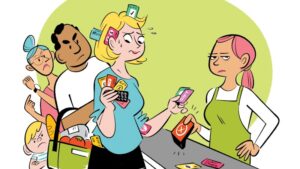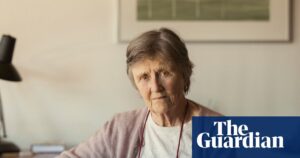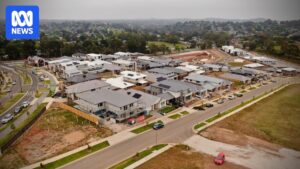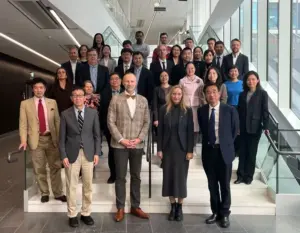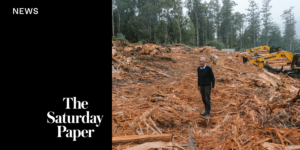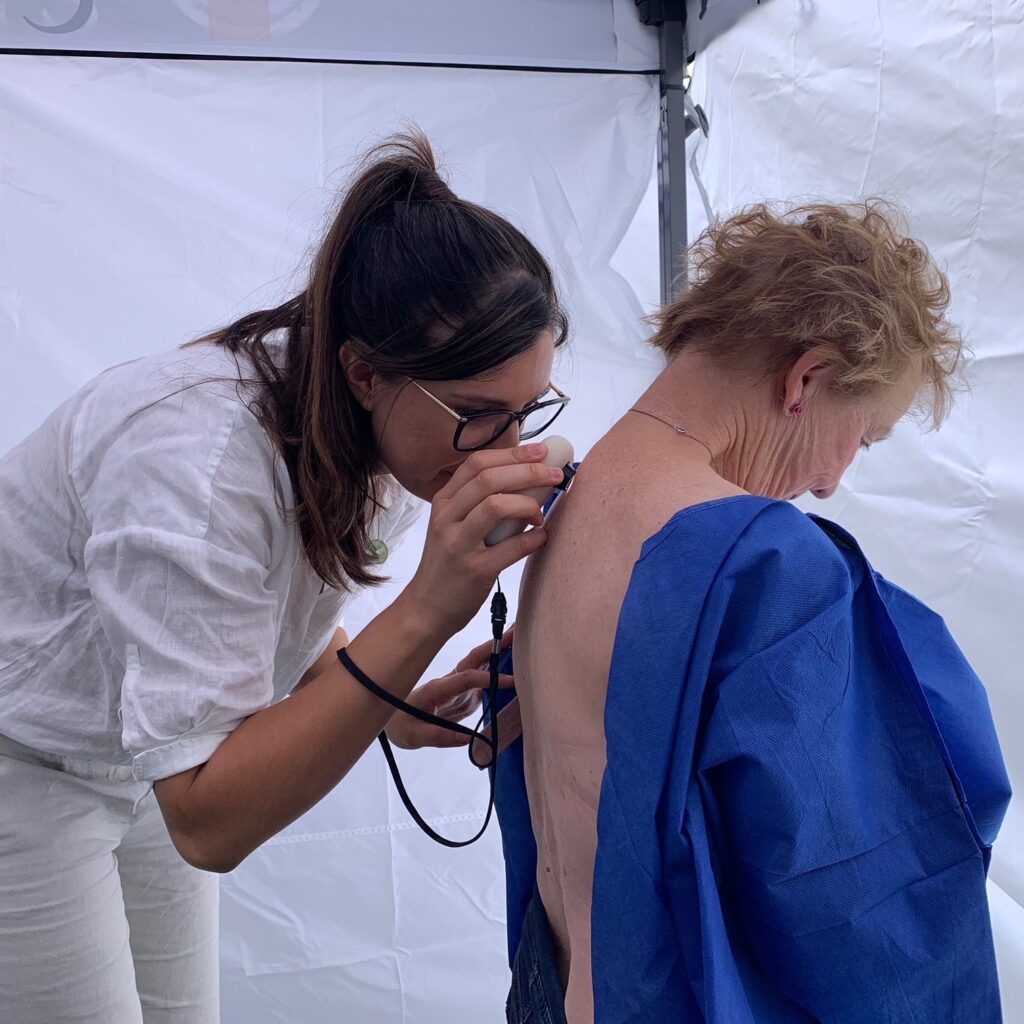
Australia is pioneering a nurse-led model to tackle its alarming skin cancer rates, a strategy that could potentially save thousands of lives, according to a recent paper published in the nursing journal Collegian. With the nation holding the highest melanoma rates globally—where two in three Australians are diagnosed with skin cancer by age 70—researchers from the University of South Australia (UniSA) are advocating for this innovative approach.
The initiative, launched in February 2023, involves primary care nurses trained in dermoscopy and artificial intelligence (AI) to identify suspicious skin lesions. This model has already been implemented across 13 mobile clinics in South Australia’s regional and rural areas, yielding significant results. Over 1,200 individuals have been screened, with hundreds of suspicious lesions identified, including 96 suspected melanoma cases.
Revolutionizing Skin Cancer Detection
Dr. Kim Gibson, the lead author from UniSA’s Rosemary Bryant AO Research Centre, highlights the success of this model in early detection of suspected skin cancer, noting its acceptance among consumers. “The current reliance on opportunistic, GP-led skin checks leaves significant healthcare gaps for Australians, particularly those living in rural and regional areas who face major barriers in accessing skin cancer screening,” Dr. Gibson explains.
Annually, skin cancer claims the lives of over 2,200 Australians, with melanoma accounting for 1,400 of these deaths. Without urgent reforms, the national economic burden could escalate to $8.7 billion by 2030. The nurse-led model aims to address these challenges, especially in areas plagued by GP shortages, long waiting times, and limited access to dermatologists.
Nurses: Bridging the Healthcare Gap
Nurses, who form the largest health workforce in regional areas, are positioned to bridge the gap in skin cancer detection. Since February 2023, the Rosemary Bryant AO Research Centre has trained 51 nurses in dermoscopy and AI, with plans to educate 600 primary care nurses nationwide.
Professor Marion Eckert, co-author and RBRC Director, asserts that with further training, nurse practitioners will also be capable of performing biopsies and excisions, alleviating the pressure on overstretched medical services. “This approach is all about reducing inequities. Rural Australians are not only more likely to develop melanoma due to predominately being outdoor workers but are also more likely to die from it. This model tackles that inequity by bringing services to communities and using nurses’ expertise to detect skin cancer earlier,” Prof. Eckert states.
Integrating Nurses into National Strategies
The timing of this proposal coincides with the development of a National Targeted Skin Cancer Screening Program in Australia, focusing on high-risk groups, including those in rural and regional areas. The UniSA team advocates for nurses to play a central role in this national strategy.
“By embedding nurses into the frontline of melanoma detection, the national program can be more efficient, accessible and cost-effective,” Prof. Eckert emphasizes. She draws parallels with other healthcare areas where nurse-led models have proven successful, such as breast cancer screening, suggesting that skin cancer detection is a natural progression.
Support and Future Implications
This research was supported by The Hospital Research Foundation, Preventative Health SA, Skin Check Champions, and Country SA Primary Health Network, with training assistance from Skin Smart Australia. The discussion paper, ‘A nurse-led model of care in response to Australia’s skin cancer crisis’, is published in Collegian, the official journal of the Australian College of Nursing.
As Australia moves forward with its National Targeted Skin Cancer Screening Program, the integration of nurse-led models could redefine the landscape of skin cancer detection, making it more inclusive and efficient. The initiative not only promises to save lives but also to set a precedent for healthcare innovation globally.
